Legal Notice | Privacy| 🇬🇧 🇩🇪
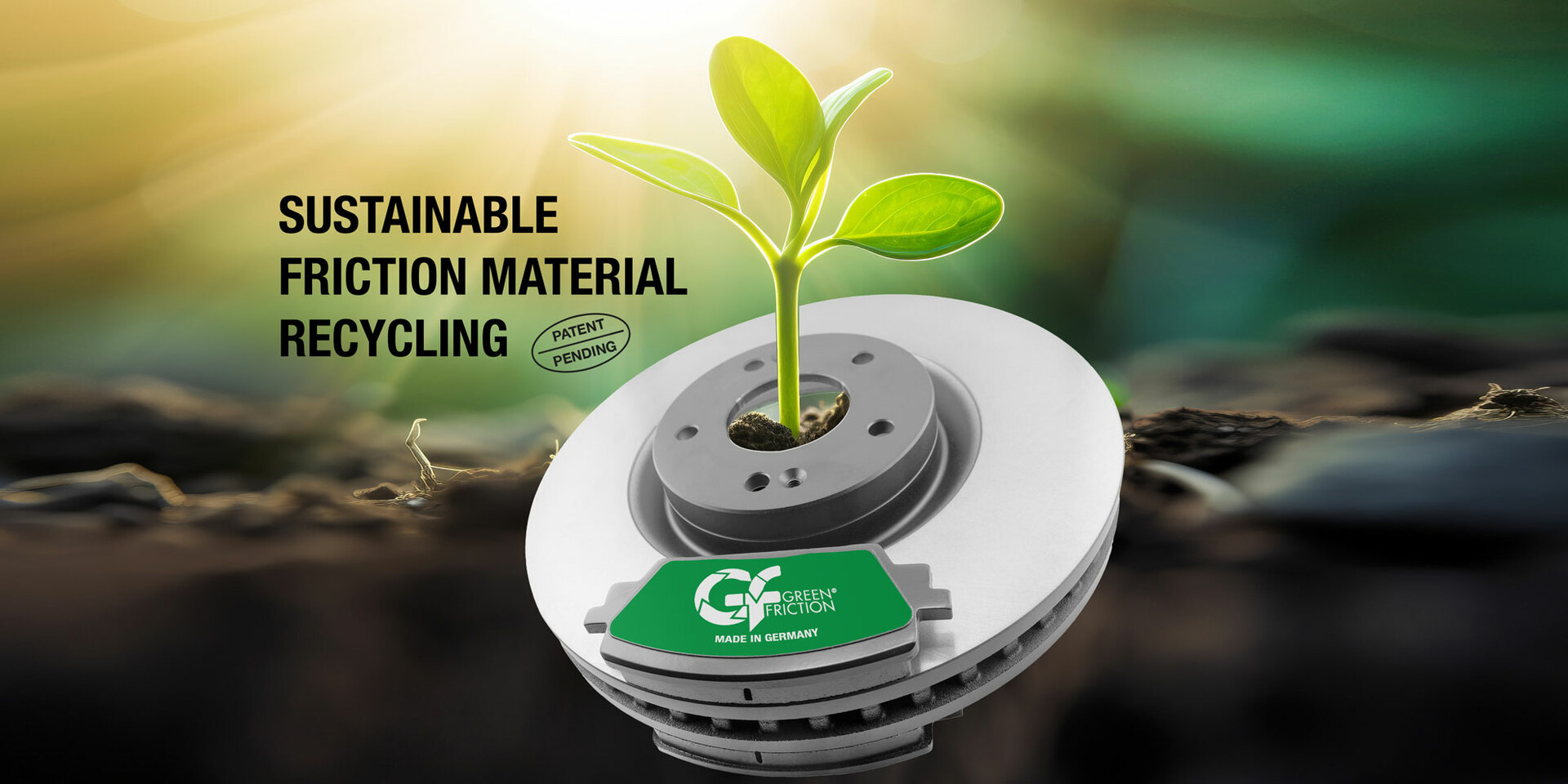
Globally, thousands of tons of friction materials and filter dusts are disposed every year.
Friction recycling saves money, CO2 equivalent (CO2eq) and enables Green Marketing.
It is obvious that sustainable friction recycling is becoming more and more important. Apart from the established decision factors product, price and quality – Sustainability has become the fourth sourcing decision dimension, and CO2eq a powerful currency.
Green Friction® is the solution for
Sustainable Friction Recycling
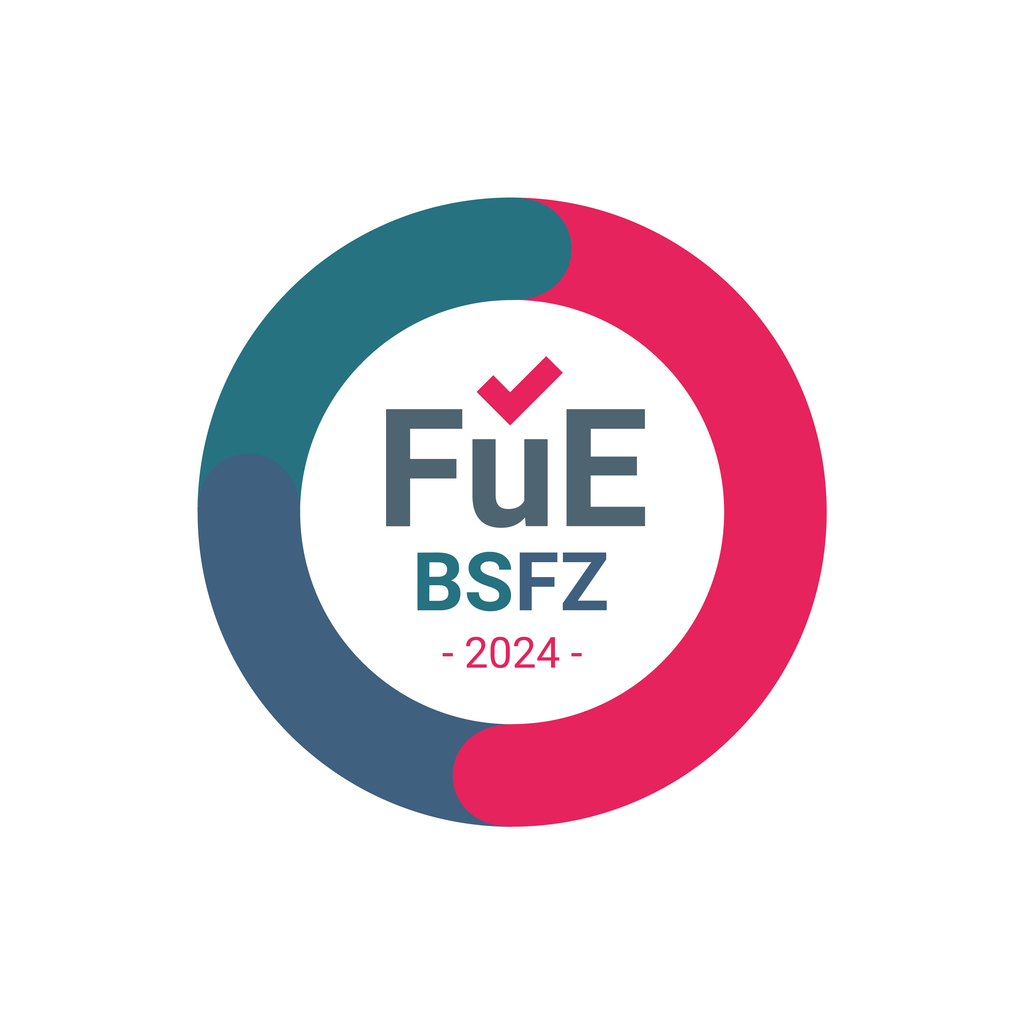
The BSFZ seal certifies companies that have received at least one positive ruling from the Certification Office for Research Allowance (BSFZ) for their R&D activities.
Years of Experience
CO2 eq saved every 50 -100 vehicle sets*
Up to
less CO2eq
Up to
friction material cost saving
Up to
Saving per Brake PAD
Up to
saving per Brake vehicle Set*
* Source: Ramboll Life Cycle Assessment (LCA) 2022
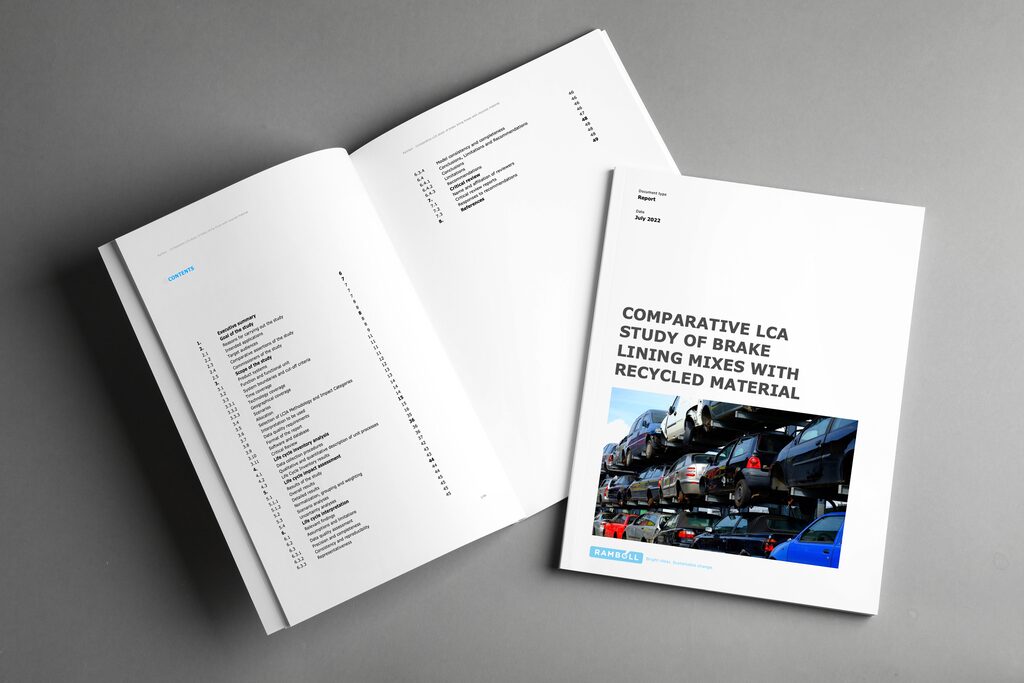
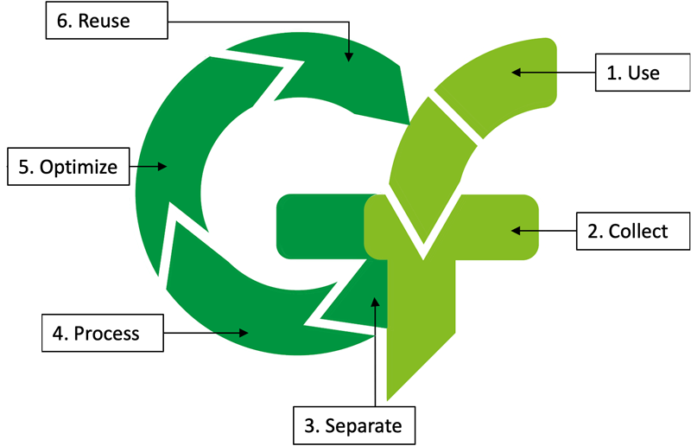
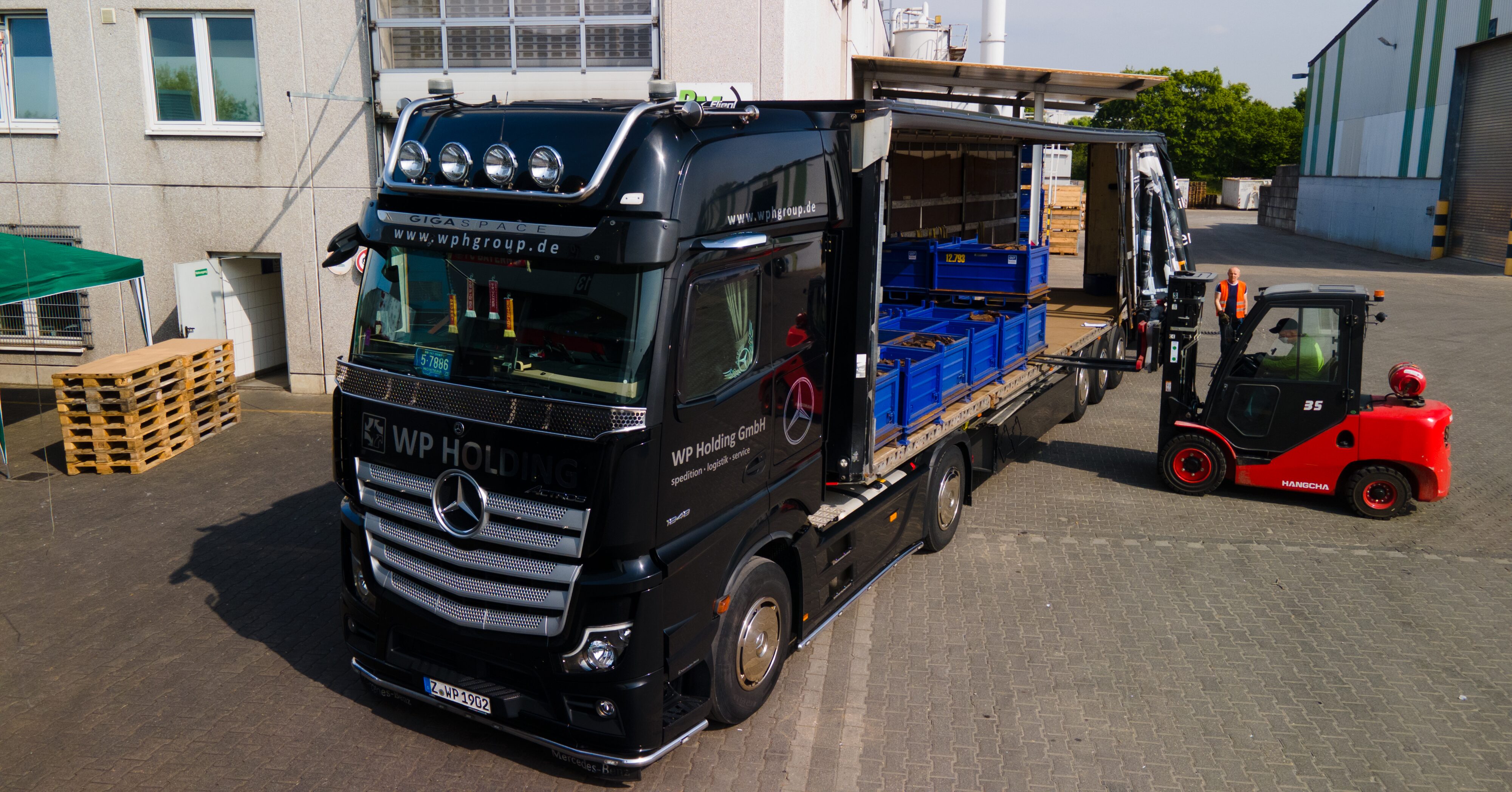
Production scrap and used friction materials are the input materials;
The Mercedes-Benz MeRSy Recycling System is a good example for input material collection: For the last 23 years now, all car and truck pads and linings dismounted in all German Mercedes-Benz dealerships are collected and transported to RMS for recycling.
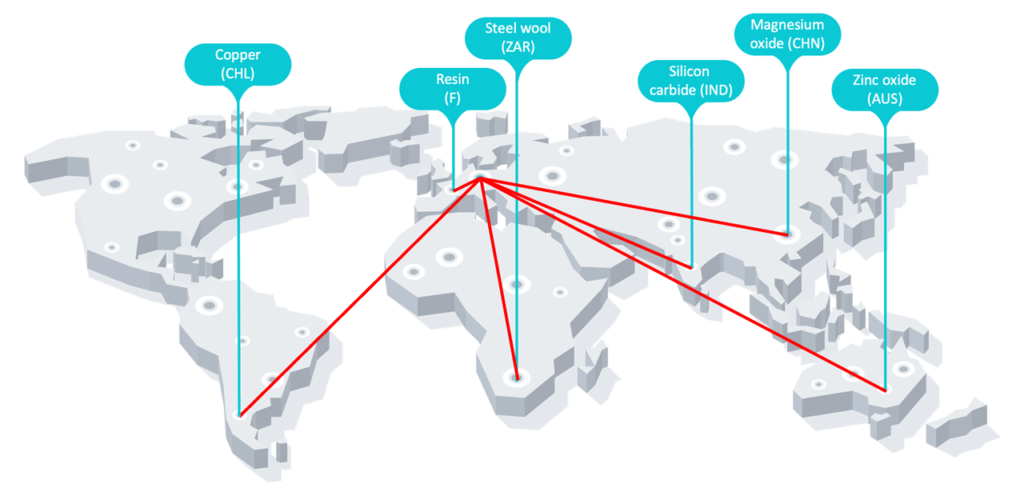
Friction raw materials and their route of transport to the production site (example)
* ENV/D/000537, European Commission, L., Recycle friction material - pilot realization of the material cycle of friction materials
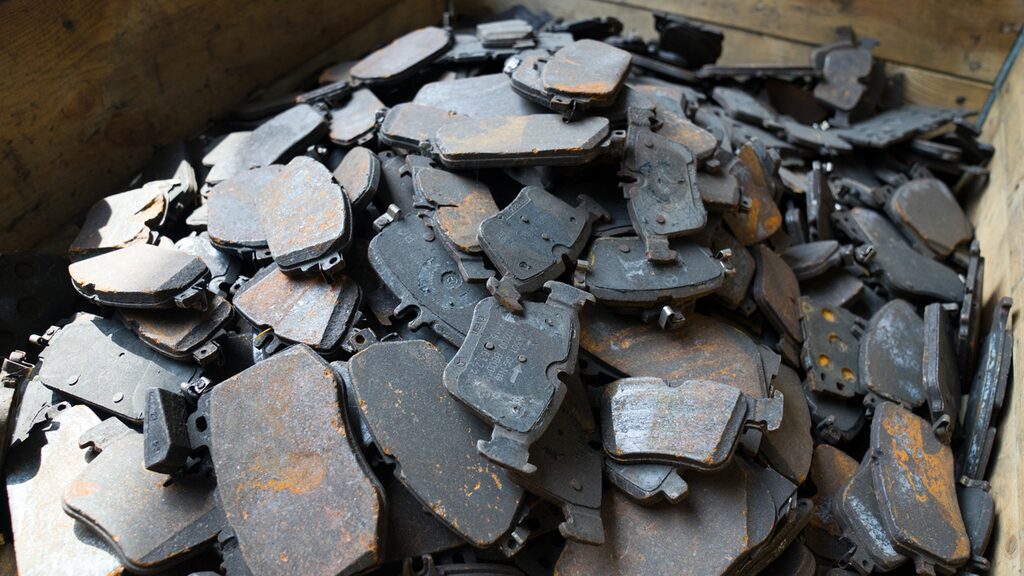
Used Brake Pad & Lining Recycling
After their respective use phase in cars, trucks, motorcylces, trains or industrial applications, about half of the friction material remains unused when the friction products are exchanged. These materials are collected and transported to RMS where they undergo the different friction recycling process steps. The resulting FRICTION BASE MATERIAL is one ingredient for new friction material formulations. Accordingly, the material is not discarded, but used again according to the circular economy notion.
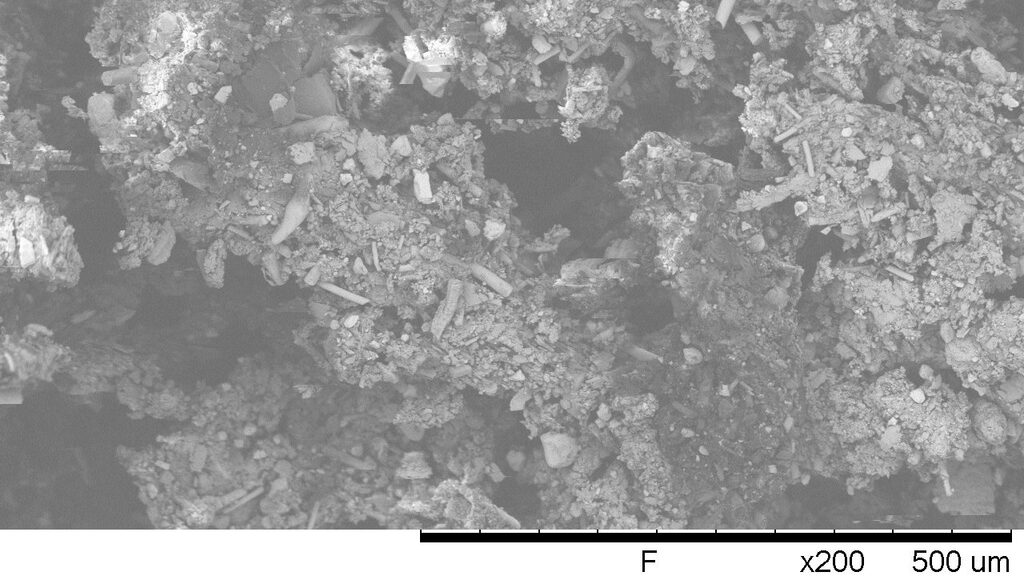
Friction Dust Recycling
Every brake pad and lining undergoes a grinding step once the material is fully cured, to ensure dimensional specifications, apply chamfers, slots or wear indicator cavities. Very fine friction dust is the result, which is difficult to handle and may cause subsequent wear or fading issues when reintroduced into the production loop without treatment due to its small particle size. RMS recycles cured friction dusts and turns them into a FRICTION BASE MATERIAL which can be used both homogeneously in the same production line or in other applications.
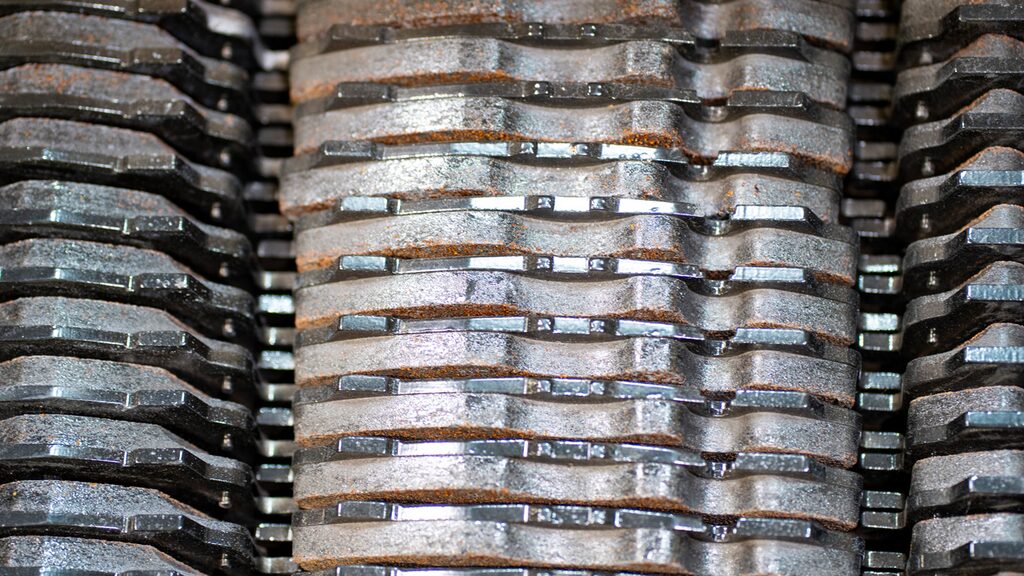
Production Scrap Recycling
Every friction production site generates a certain percentage of scrap material and cured friction dust. Instead of disposing these valuable resources – causing pollution and costs – RMS turns them into FRICTION BASE MATERIAL that are once again used in the friction industry. These can be treated separately, so that for example friction materials without copper or antimony from a respective production line can be recycled homogeneously.
It improves the product carbon footprint and the results of all nine impact categories in the independent life cycle assessment according to ISO 14040 / 14044.
Not at all: All input materials are re-used instead of being scrapped, so it’s actually pretty clean.
Because it saves resources, CO2 emissions and real money.
Nope. They have to pass the same tests and meet the same specifications.
Not any time soon. The friction market is forecasted to grow for the next decades to come
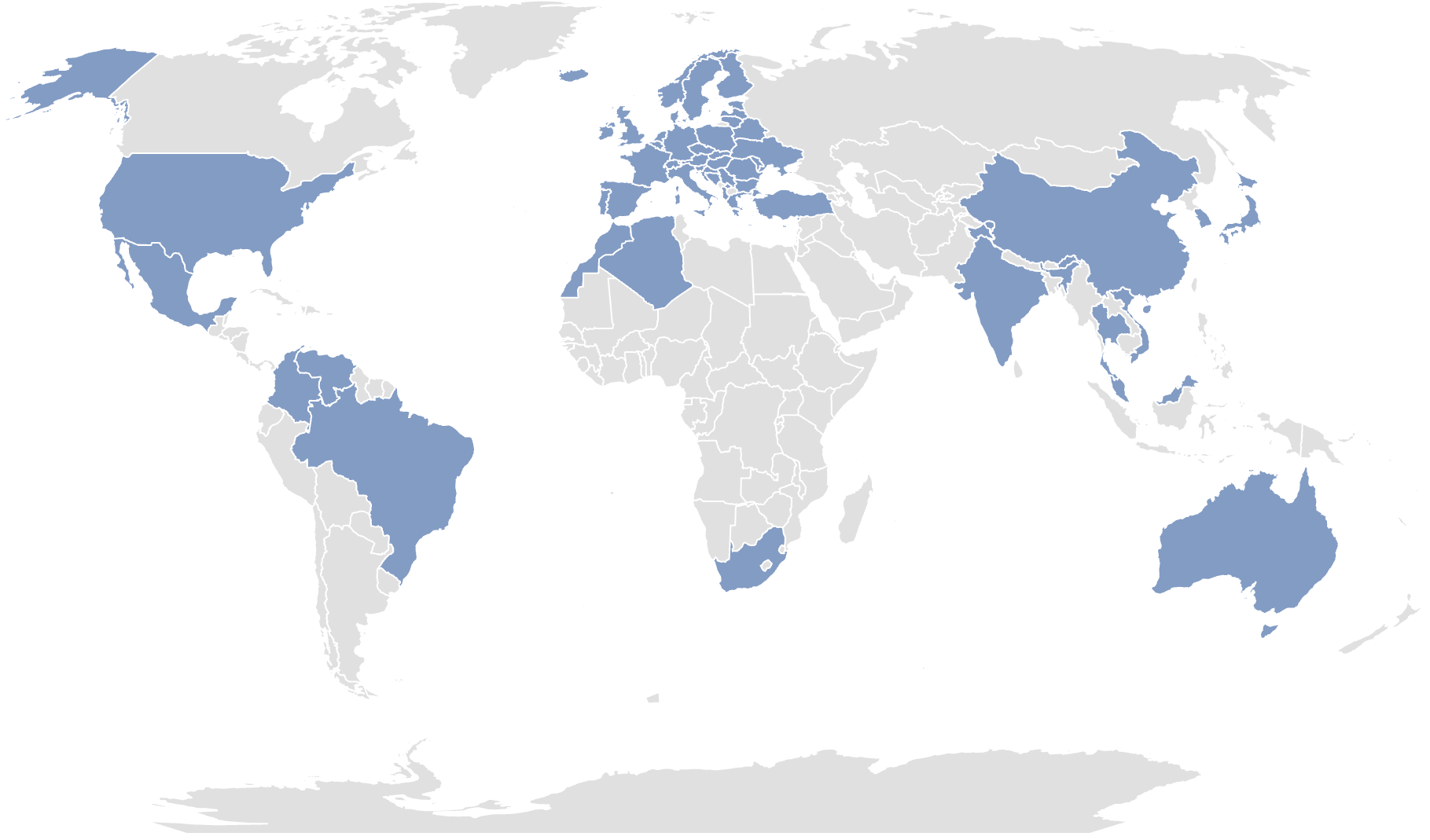
Powered by Bing © DSAT for MSFT, Geonames, Microsoft, Navteq, Thinkware Extract, Wikipedia
It is obvious that sustainable friction material recycling is becoming more and more important. Apart from the established decision factors product, price and quality, SUSTAINABILITY
is now the fourth dimension, and CO2 equivalent (CO2eq) a powerful currency.
Sustainable friction material recycling makes sense because:
• it is a valuable raw material
• it saves energy, CO2 and greenhouse gases
• it fulfills OE and Aftermarket specifications
• it decreases dependency on raw material supplies and the global supply chain
• it saves procurement spending and disposal costs
• it is what all stakeholders are asking for
• GREEN MARKETING is THE COMPETITIVE ADVANTAGE OF THE FUTURE
© 2022-2025 GreenFriction ® c/o RMS Raw Material Service GmbH & Co. KG | Trademarks and brands are the property of their respective owners | Made with ♥ by CC-J.de